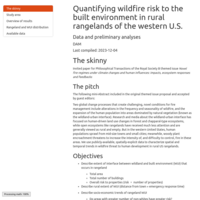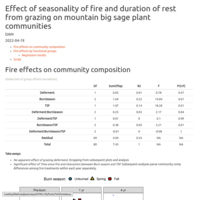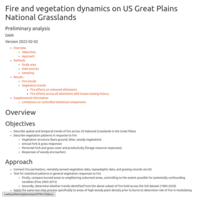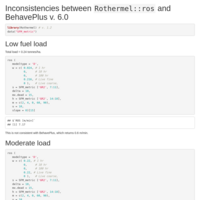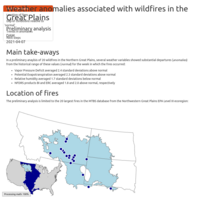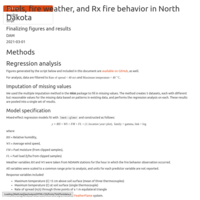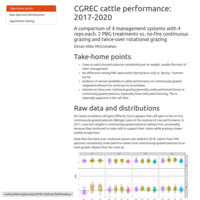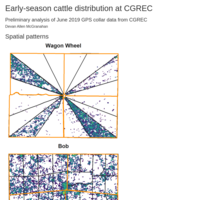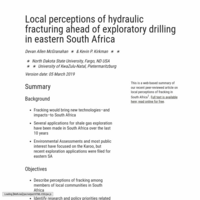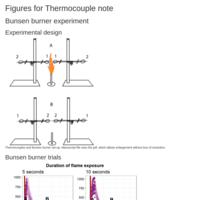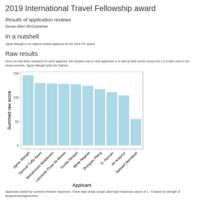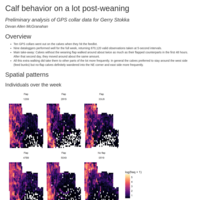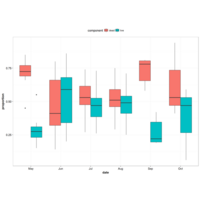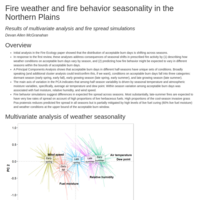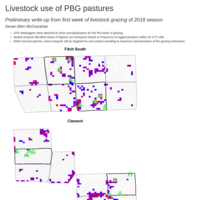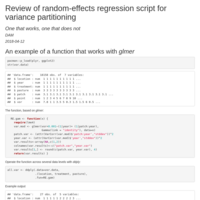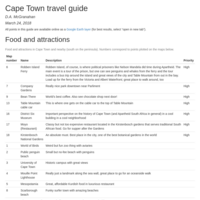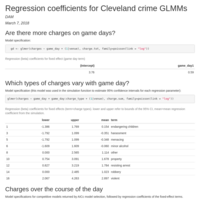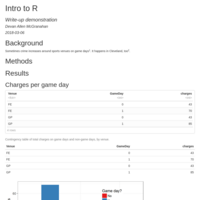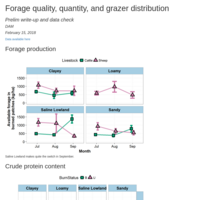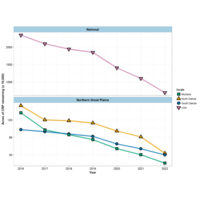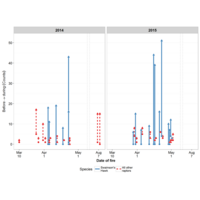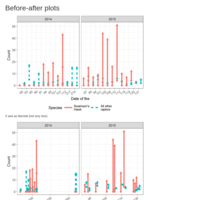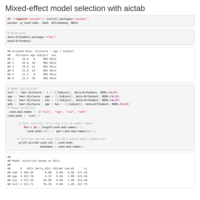Recently Published

BlackfootTREX
Results of fire behavior research on three prescribed fires at the Blackfoot TREX near Missoula MT, May 2025.

Lemonade Fire Report
Summary of data for the Rapid AFRI that funded work on the Lemonade Fire

Spring vs summer Rx fire
Analysis of attempted summer Rx fires

A. tridentata plot progress
Status of work progress on Ft Keogh A. tridentata plots
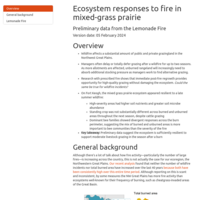
Preliminary wildfire-grazing data from Fort Keogh
A living document with preliminary data from the Lemonade Fire, outlining the developing manuscript(s).

Hopperz, fire, and forage
Results from Nick's hopperz study
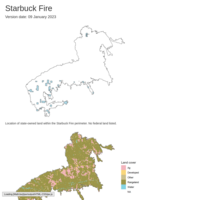
Summary of Starbuck Fire
Severity and fire weather for a big fire in 2017 on KS/OK state line

CGREC veg trends
Trends in plant functional group composition and vegetation structure in response to three grazing management systems over four years.
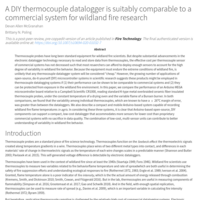
A DIY thermocouple datalogger is suitably comparable to a commercial system for wildland fire research
This is a post-peer-review, pre-copyedit version of an article published in "Fire Technology". The final authenticated version is available online at: https://doi.org/10.1007/s10694-020-01032-7.
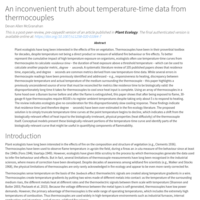
An inconvenient truth about time-temperature data from thermocouples
Accepted version of paper in Plant Ecology.
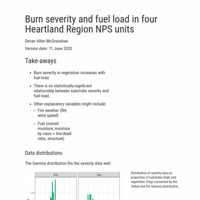
Grassland burn severity vs. fuel load
Burn severity and fuel load for prescribed fires in NPS Heartland Region
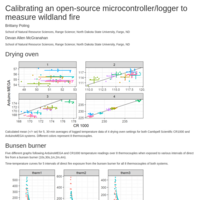
Thermocouple datalogger systems comparison
Arduino MEGA vs. CS CR1000 with K-type thermocouples

Overview of soil heating review
An overview of the workflow for the soil heating review

2017 CGREC cattle performance
Cattle on PBG pastures did better than cattle on no-fire continuous grazing in 2017.

Seasonal trends in acceptable burn days
Principal Components Analysis of fire-related weather variables from 2006-2013 (period of complete cases across all variables) show the typical conditions on acceptable days for *several* RAWS in the Grand Forks and Bismarck fire weather regions. In permutational tests accounting for non-independence among stations, region and year did not explain variation. Half-season was a significant factor (P < 0.001, R^2 = 0.50). Differences among half-season weather conditions were strongly associated with fuel temperature (FT), dewpoint (DWP), and daily average air temperature (Tempave). Within half-seasons, variability among typical acceptable fire weather days was mostly associated with relative humidity (RELH), fine fuel moisture (FM), and wind speed (SKNTms).
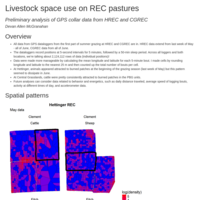
All June GPS Activity Data
Livestock GPS data from Hettinger REC and Central Grasslands REC for the first part of the grazing season (through the end of June)
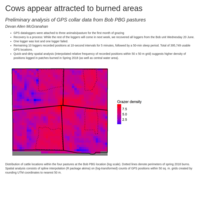
JuneGPScollarBobPBG
Preliminary spatial analysis of livestock activity in PBG pastures based on June 2018's GPS logger data from the Bob PBG unit at Central Grasslands REC, Streeter, ND.

Grasshopper ordinations
Preliminary analysis of grasshopper communities
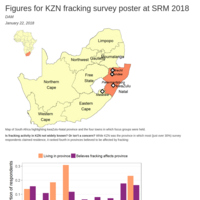
KZN fracking survey poster figures
Rough draft of figures for SRM 2018

GPS collars prelim
Preliminary write-up of exploratory HREC GPS collar deployments from summer 2017.
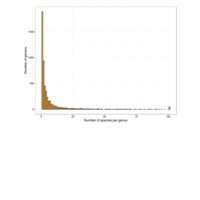
species_per_genera
How many species are in a genus? Frequency of genera by number of species/genus from 43781 entries in the USDA-PLANTS database. Bar just above 100 represents 51 genera with greater than 100 species/genus; the max was Rubus with 443 (although a lot of these might be varietals despite my best attempts to filter those out).
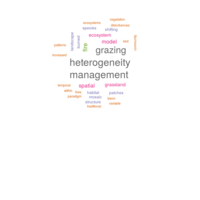
Heterogeneity word cloud
Word cloud - Intro -Fuhlendorf et al 2006. “Should Heterogeneity Be the Basis for Conservation? Grassland Bird Response to Fire and Grazing.” Ecological Applications 16 (5): 1706–16.



